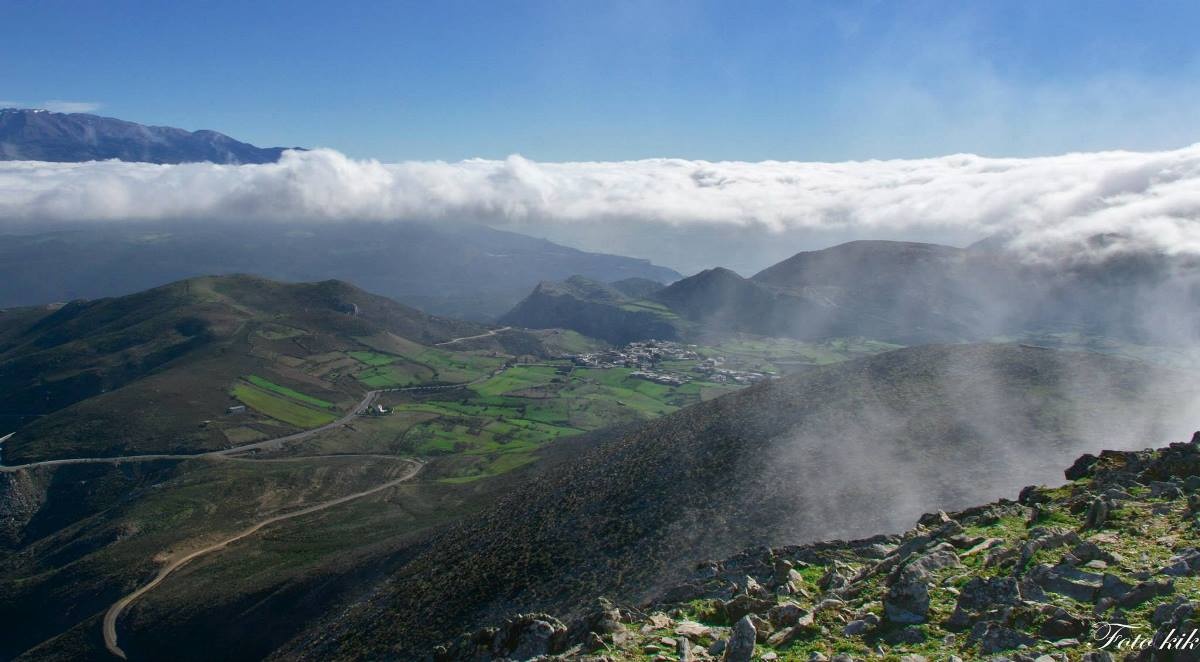
Regardless of the cause, the end of the Minoan civilization was sudden. The Minoan fleet was destroyed, settlements were levelled, and the population decreased.
The next wave of invaders, the Dorian Greeks, after destroying Mycenae, in mainland Greece, settled on the island around 1100 B.C. It is not known if there was a mass invasion of the destroyed island or if it was a gradual immigration that lasted some years and was supported by marriages between noble families. Interaction between Minoans and Mycenaeans created an amalgamation in the sectors of culture and the arts, while new cities and palaces began appearing, particularly in Western Crete.
The Dorians established a type of aristocratic government during their rule. Cretan society was divided into three social classes: free citizens, who were subjects to the invaders, landowners, who kept their land and paid excessive taxes, and slaves. The renowned Legal Code of Gortyna illustrates the absolute authority of those governing in all sectors of life.
Minoan civilization continued to flourish in some isolated cities and villages, especially in eastern Crete. Cities such as Karfi, in the mountains of Lasithi, were populated by Minoans who called themselves Eteocretes (True Cretans). Other major cities, such as Praisos in Lasithi, gradually merged Minoan and Hellenic culture. Praisos retained its own dialect (which has not yet been deciphered) and maintained its peak until the 3rd century B.C.
Around the 7th century B.C. Crete became an important centre for Greece, but declined once again when more emphasis for the Hellenic Civilization was placed on centres such as Athens, Sparta, and Macedonia.
Cretan cities such as Lato, Gortyna, Praisos, Itanos, Cydonia, Aptera, and Knossos, had continuous conflict between them and there were constant wars between cities throughout the island. However, when external enemies made their appearance, the islanders faced them as one. Nevertheless, the island succumbed to the Romans in 69 B.C.



